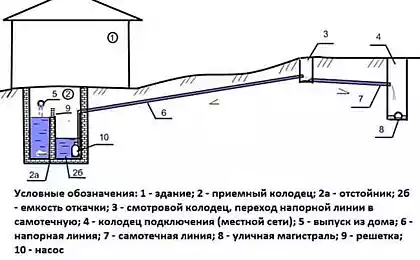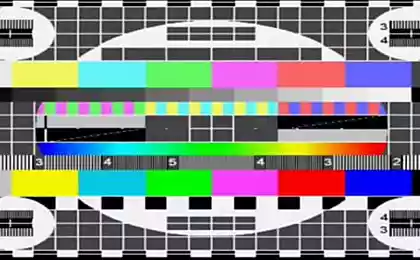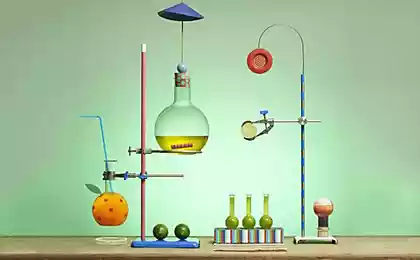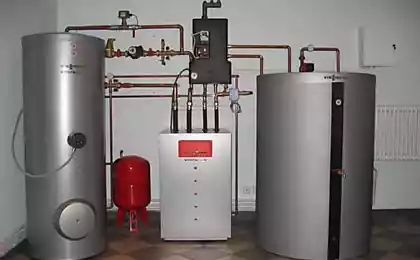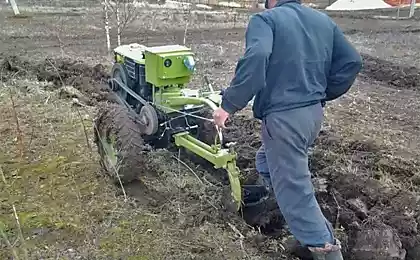345
Important knowledge about modern thermal imaging: what equipment to choose
Modern thermal imagers are conditionally classified into cooled and uncooled. The former have a higher cost. When it comes to buying equipment, not all users choose between cheap and expensive models.
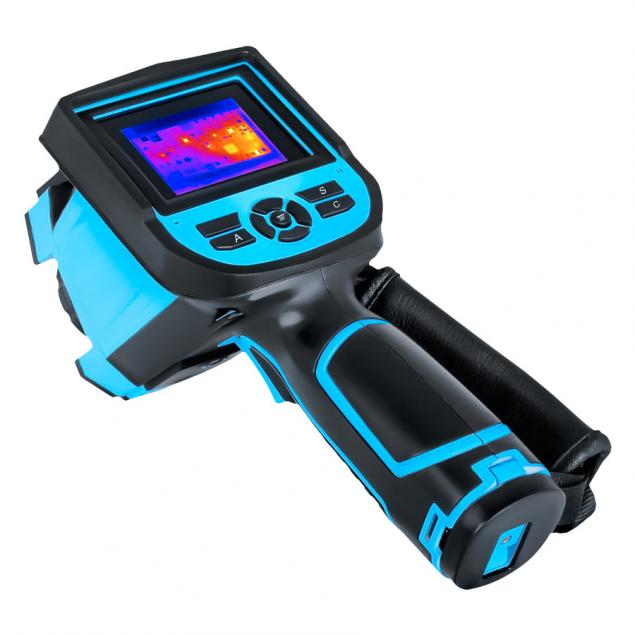
How cooling systems affect the range of action
Cooling has a direct impact on the range of the thermal imager. Refrigerated models "see" much further. The standard step of their matrix is within 15 μm/pixels. If the focal length of the lens is 500 mm, then at a distance of 2.1 km across the target in 75 cm will be 12 pixels.
In uncooled chambers, the matrix typically has a focal pitch of 38 microns. That is, the efficiency of identification is reduced immediately by 0.8 km. To achieve parameters similar to cooled models, you will have to increase the lens hole. Its dimeter at a focal length of 500 m should be 313 m.
In order to ensure a long range, you need to buy a thermal imager with cooling, which can "see" at a distance of up to 30,000 m, installed on a rotary bracket. You can get acquainted with the range of cameras in the catalog of the company KARNEEV SYSTEMS.
Thermal cameras and weather conditions
It is believed that the effectiveness of thermal imaging weather conditions do not affect. But it's not. Definitely, thermal imagers better cope with such negative factors as:
Conventional cameras become completely useless due to bad weather conditions. Thermal imagers have their own peculiarity of work. For example, in clear weather, thermal radiation is absorbed by the atmosphere, resulting in the loss of a useful signal. Precipitation scatters infrared radiation, and thick fog reduces the range by up to 1 kilometer. Heavy snowfall and rain can cool the temperature of objects. This reduces thermal contrast. Equipment efficiency can be achieved under any conditions. To do this, you need to choose a camera that has a range of at least 20%.
Modern thermal imagers are much improved, compared to those that were produced 10-15 years ago. Domestic manufacturers have learned to create equipment that is not inferior to foreign ones. The scope of its use has also expanded. Thermal imaging is now being implemented in safety, diagnostic and control systems.
Prepared from www.karneev.com/

How cooling systems affect the range of action
Cooling has a direct impact on the range of the thermal imager. Refrigerated models "see" much further. The standard step of their matrix is within 15 μm/pixels. If the focal length of the lens is 500 mm, then at a distance of 2.1 km across the target in 75 cm will be 12 pixels.
In uncooled chambers, the matrix typically has a focal pitch of 38 microns. That is, the efficiency of identification is reduced immediately by 0.8 km. To achieve parameters similar to cooled models, you will have to increase the lens hole. Its dimeter at a focal length of 500 m should be 313 m.
In order to ensure a long range, you need to buy a thermal imager with cooling, which can "see" at a distance of up to 30,000 m, installed on a rotary bracket. You can get acquainted with the range of cameras in the catalog of the company KARNEEV SYSTEMS.
Thermal cameras and weather conditions
It is believed that the effectiveness of thermal imaging weather conditions do not affect. But it's not. Definitely, thermal imagers better cope with such negative factors as:
- fog;
- heavy snowfall;
- rain.
Conventional cameras become completely useless due to bad weather conditions. Thermal imagers have their own peculiarity of work. For example, in clear weather, thermal radiation is absorbed by the atmosphere, resulting in the loss of a useful signal. Precipitation scatters infrared radiation, and thick fog reduces the range by up to 1 kilometer. Heavy snowfall and rain can cool the temperature of objects. This reduces thermal contrast. Equipment efficiency can be achieved under any conditions. To do this, you need to choose a camera that has a range of at least 20%.
Modern thermal imagers are much improved, compared to those that were produced 10-15 years ago. Domestic manufacturers have learned to create equipment that is not inferior to foreign ones. The scope of its use has also expanded. Thermal imaging is now being implemented in safety, diagnostic and control systems.
Prepared from www.karneev.com/
Hydraulic punching presses: where and why are popular
Rubber coatings - know-how, which has become a material of widespread application




